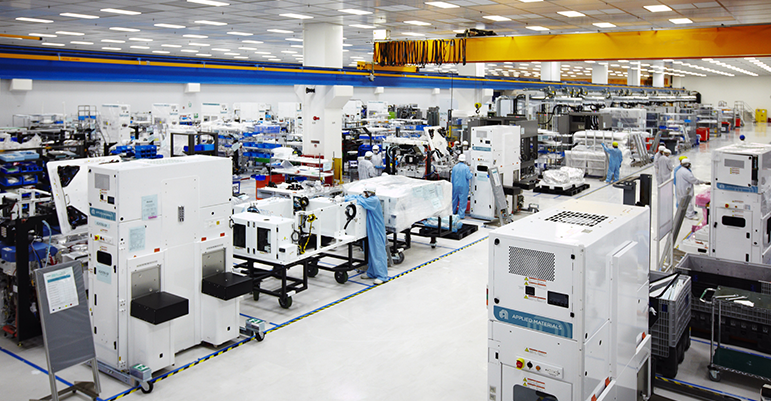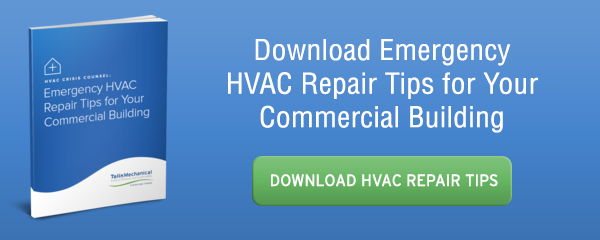The Most Common and Avoidable Cause of Commercial HVAC System Failures
Every commercial HVAC system is extremely complex, and there are literally hundreds of components that could potentially fail at any given time.
Despite that fact, there’s typically one major root cause behind the overwhelming majority of these failures. And, even more surprisingly, those failures are completely avoidable.

What is the most common and avoidable cause of mechanical failure in commercial HVAC systems?
Lack of proper HVAC maintenance.
Why commercial HVAC systems fail
The term “mechanical failure” can include any situation in which a component of the HVAC system begins running inefficiently or poorly enough to negatively affect performance. These failures may impact the comfort level inside and/or result in a noticeable increase in the operational costs.
More specifically, these failures can involve:
- Plugged or dirty filters
- Loose or stuck valves
- Restricted airflow through the system
- Temperature fluctuations due to malfunctioning cooling components
- Slipping or broken belts
These are just a few examples, but failure can also occur in any of the many electronic components or building automation solution, if installed.
How a planned maintenance program prevents failures
The majority of service calls can be traced back to issues that could have been foreseen and/or avoided if proper maintenance had taken place. Plus, keeping the system properly maintained results in increased system energy efficiency, which also saves money.
Like any complex mechanical system, the HVAC system in your commercial building includes many potential problem areas, which is why only a comprehensive maintenance schedule that’s consistently followed can solve this top commercial HVAC concern.
As part of a routine planned maintenance program, all vital components are regularly inspected by a trained HVAC technician. They are cleaned, tightened, calibrated, and lubricated as needed to keep them operating in top form. As parts begin to show signs of wear, they can be proactively replaced so eventual failures are avoided.
The end result is a commercial HVAC system that performs well for years, minimizing inconvenience and expense from emergency repairs while maximizing the return on the building owner’s investment.
If you’d like to arrange for a planned maintenance program for your commercial building in Colorado, Arizona or Virginia, contact us today to speak to an expert and get the ball rolling.

